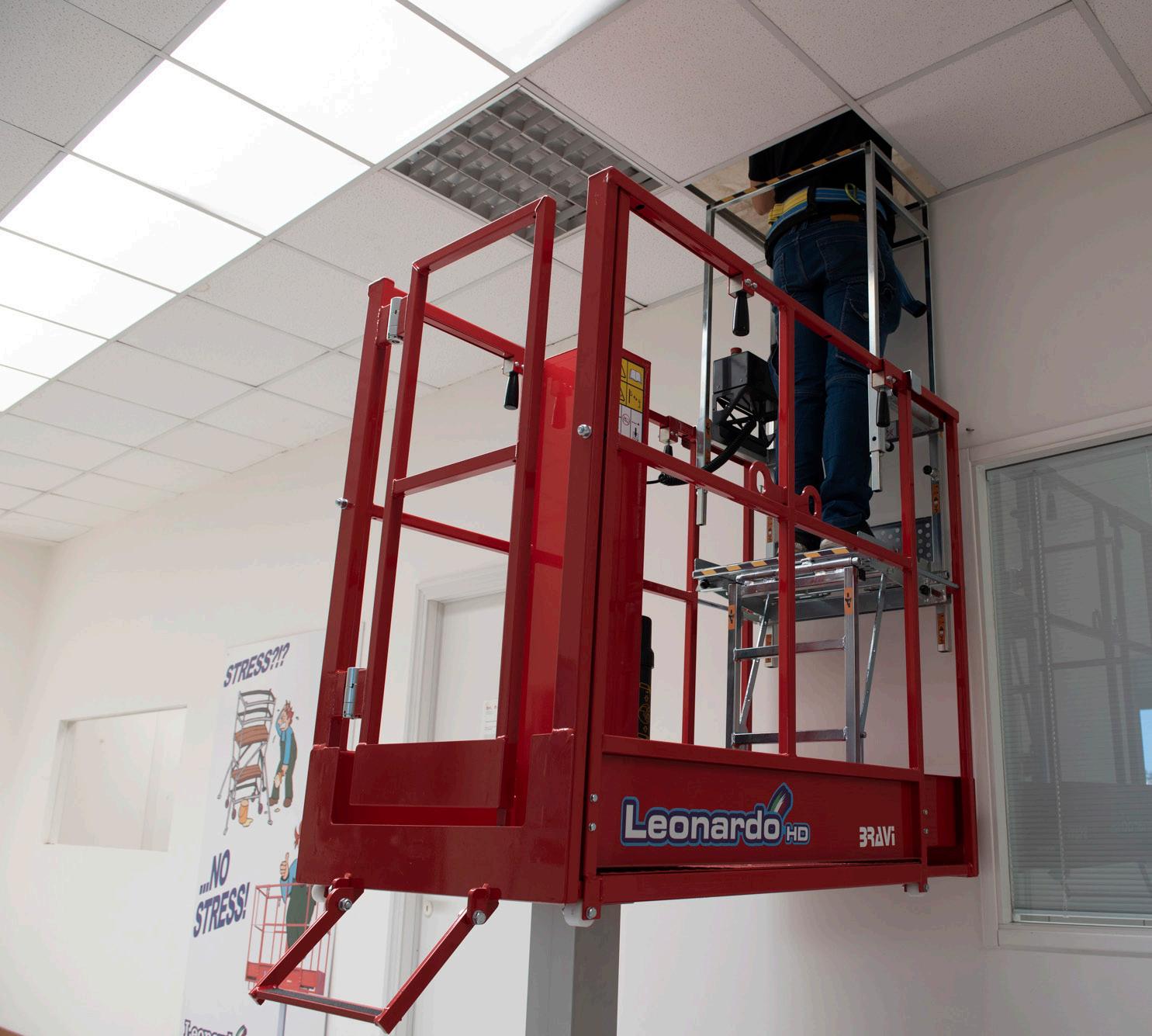
4 minute read
Site Dumpers: Avoid the Dreaded Incident Report Book
It should go without saying that on any worksite, safety is imperative. No one wants to make the phone call saying: ‘That slope on the side of the site? The one you warned me to be really careful around. Yeah, I just drove off it.’
We all know that avoiding death or injury in any workspace is the best way forward, but in an industry that utilises large and dangerous machinery, the risks become greater and harder to minimalize. A lot of these things are easily avoided so long as the risks remain controlled.
HSE reports that “site dumpers are involved in around a third of construction transport accidents, causing many deaths and serious injuries, particularly to drivers.”


There are 5 main causes for dumper deaths:

• Overturning on slopes and rough ground – in fact this makes up for 60% of dumper related deaths!
• Moving when a high-lift skip is in its raised position and collides with something.
• Collision involving a pedestrian being run over by the front wheels of the dumper.
• Driver thrown from vehicle while travelling over uneven ground.
• Driver error due to lack of experience and training. The law requires that both hirers and operators follow certain legal procedure in order to minimise risk and prevent accidents. Safe systems of work should be implemented prior to start of work, including clear method statements, risk assessments and any required work permits. In theory, as long as drivers adhere to these plans, then the risks remain low.
So, what are the potential risks, and how can they be prevented? They can be categorised under three main headings: Driver Competency, Vehicle Use and Site Management.
Driver Competency
Of course, the number one rule when it comes to operating any kind of specialist vehicle, is to ensure proper training for the driver. Even more so with site dumpers, operators should only be allowed to drive the specific dumper that they are trained in and is required for the job. Nowadays, most worksites use dual view dumpers, such as the Wacker Neuson Dual View Dumper range. Their rotating driver position makes it much easier (and safer) to always have the best view of the job, both in driving and working the machine.
It is imperative to ensure that the driver has specific training for such equipment; without it, the potential risk increases tenfold. The training should include but not be limited to, layout and operation of all controls, stability limits and how to carry out daily vehicle checks.
Ensuring that the operator is not only up to speed on the general use of site dumpers is imperative, but it is also important that they know the specific limitations and handling patterns of the exact vehicle they will be stepping into. So, it’s not just a case of familiarising themselves with the manufacturers guide, but with exactly how the vehicle moves and handles in every situation. External hazards such as ice or rain can considerably change the braking speed of the dumper, particularly when loaded. ROPS (roll-over protective structures) are all well and good for the driver’s safety, but if they have not ensured use of their seat restraint, it can render that null and void. Even wearing slightly different PPE can change how the driver operates the vehicle. Potential risks are numerous, but staying on top of them reduces the likelihood of the happening.
Vehicle Use
Not only does the driver need to know the ins and outs of operation, but they also need to know what to look out for when carrying out daily checks.
This starts with the site manager knowing that the correct dumper is being used for the correct purpose. The main factors to consider are:

• Size and Capacity – If a dumper is too small for the task, it’s likely to be overloaded, which in turn means overturning becomes more likely. In contrast, a dumper that is bigger than necessary will be more difficult to manoeuvre safely and may have less vision from the driver’s position, even in a rotating platform.
• Stability – Dumpers need to be sufficiently stable in all possible site conditions. If narrow track or high-lift dumpers need to be used, assess their stability carefully. Consider the use of alternative types (such as tracked dumpers) in locations with significant slopes or poor ground.
With all this being taken into account, daily checks then become essential to know that the machinery is in tip top working order. Daily checks in line with the manufacturer’s guide should be carried out by the driver, ensuring that daily weather conditions and other potential hazards are also included. Log books for both maintenance and incidents are also vital in vehicle upkeep. Knowing that checks are being carried out, as well as when maintenance has been performed, means that everyone is kept informed about the overall safety of the vehicle. On top of this, having a clear-cut method for reporting and recording incidents means both drivers and managers know what risks to look out for in future, as well as any repairs that need to be actioned.
Site Management
Speaking of managers and their role in all this, ensuring an initially safe working environment is an incredibly effective way of minimising risk. Site management for site dumpers mainly falls under traffic routes, and ensuring the path of the site dumper remains safe and useable throughout the job.

• Maintain same routes to minimise obstructions.
• Avoid slopes, including across the direction of travel. If slopes cannot be avoided, ensure the dumper supplied can negotiate the slopes safely.
• Speed should be low on rough ground.
• If routes pass close to the edge of an excavation, embankment or other drop, make sure that the edge of the roadway is supported, and a suitable barrier is provided.
• Position stop blocks a safe distance from the edges slopes to prevent dumpers falling during tipping.
• Ensure the use of high lift skip dumpers is on ground that is substantially flat, level and free from debris.
• Keep pedestrians and site dumpers apart as much as possible. If required, use segregated walkway.
• Ensure that dumpers are not loaded to a level that would restrict driver’s vision.
Regular site visits and checks from managers will help to ensure all precautions are being actioned effectively and keep hazard and risk at the lowest possible level.
Whether you’re new to the game or an old hat, the key focus for any operator should always be maintaining the safest possible environment. Nowadays, H&S is not simply people in high viz and hard hats telling you what to do; it’s the difference between a booming business and a diminishing one. When in doubt, safety first!











